The sword-wielding Norsemen of yesteryear had quite the reputation as warriors. Perhaps it may surprise you to learn that there's plenty of Viking art from the period.
If you think that ruthless, seafaring barbarians had little time for art, then think again.
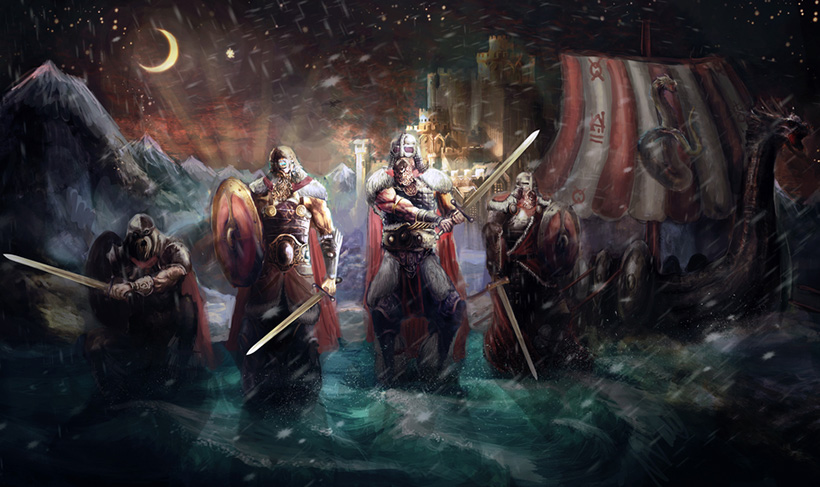
Viking history shows that the Norse people had a fine tradition of artistry that rivals anything else throughout history.
Want to know more? Read on…
Table of Contents
What do we mean by Viking Art?
Of course, you know by now that Vikings weren’t only about the plundering and pillaging. We know they certainly did a lot of that. They had a feared reputation from the Arctic to the Black Sea. But they were also normal agricultural folk who appreciated aesthetics as much as any group before or since.
When it comes to art, we normally think about fine classical paintings hanging on walls in museums. The ‘art for art’s sake’ concept has been around for a long time. As you might imagine, that’s not quite the Viking style.
Viking art, also commonly known as Norse art, consist mostly of objects. You won’t find a landscape of the Norwegian mountains hanging in a gallery that dates back to the 10th century. Instead, the Vikings adorned everyday objects with carving and fine metalwork.
Read more: Viking Clothes
The artwork tradition stretches from ornate carvings depicting serpents and beasts fighting right up to the modern day. Thanks to global interest in Viking culture there's a growing collection of replica artefacts and fan art relating to the era.
Art Materials
Most of the Viking Art we know about consists of stone, metal, wood and organic material such as bone, antlers and ivory. The two main reasons for this are fairly obvious. Firstly, those were the materials that were most readily to hand and used to craft everyday objects. Secondly, as these were the hardiest materials, they’ve survived burial and excavation.
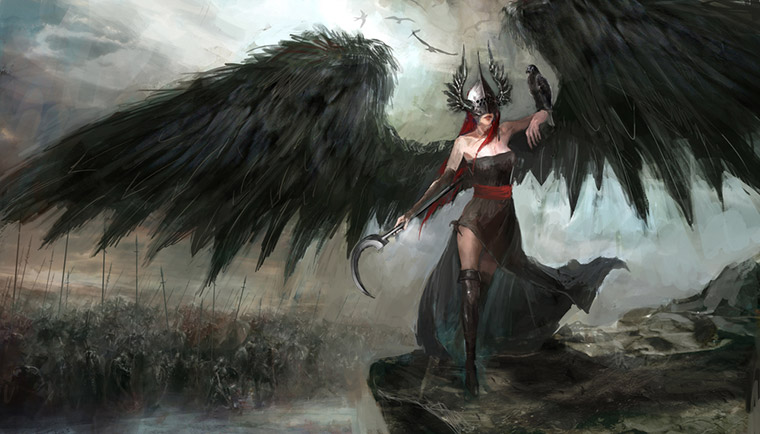
We know from sources such as Skaldic Verse that Vikings used paint to adorn objects but very little of this has survived. Bragi Boddason and Úlfr Uggason both reference painted objects such as a depiction of Thor fishing, painted on a shield.
Tattoos and Textiles
Beyond the wood, stone and metal, little has survived. Written accounts help us find out some of the other materials the Vikings used in their artistry. Like most cultures the Vikings used textiles as both clothing and for artistic expression. We have some evidence of wealthy families displaying tapestries in their homes.
We also have evidence that the Vikings painted their bodies with tattoos. No examples have been found because skin decomposes quite rapidly, though it’s possible we may find a well-preserved example someday.
The evidence we have comes from writings outside of Scandinavia of people who described encountering Norse folk. In his writings, the famous Islamic traveller Ahmad ibn Fadlan describes ‘the Rusiyyah’ – generally assumed to be the Volga Vikings as being tattooed from “the tips of his toes to his neck” with dark blue or dark green “designs”.
The different styles of Viking artwork
Historians categorise Viking Art into a number of different, though often overlapping, styles. They’re usually named for the area that the art was first found, or where the best examples come from. Most styles are categorised by the animals they contain and are sometimes referred to as ‘animal art’.
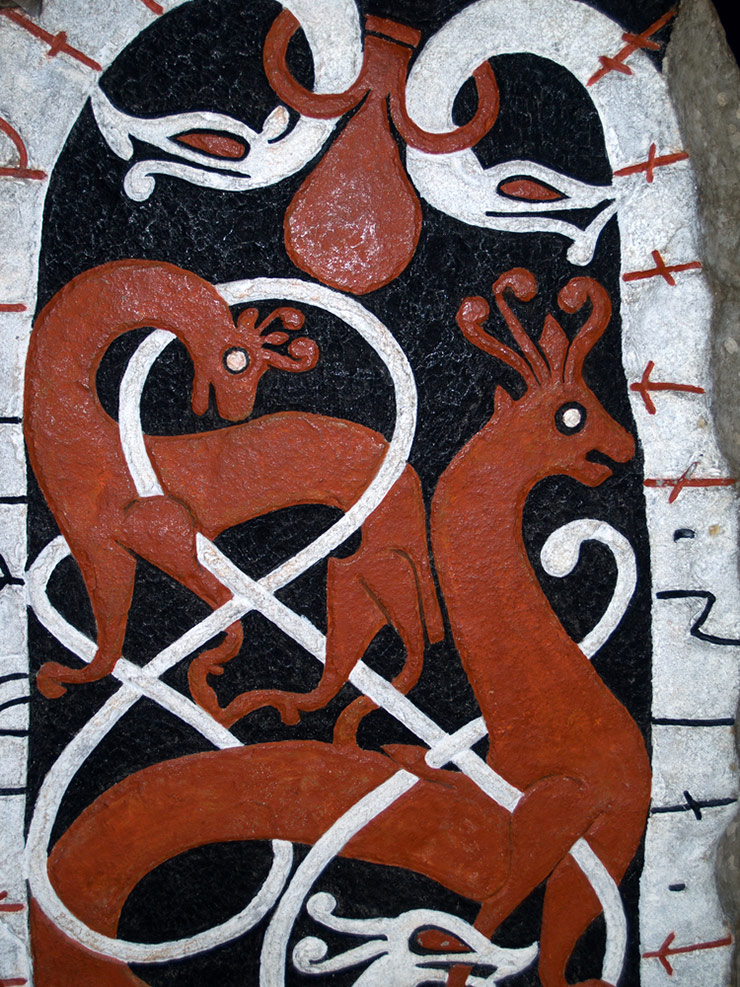
Different styles are usually defined by what’s represented – is it a single animal or many different animals? – and how – do they overlap, grab each other, interlock? The styles are predominantly found in Scandinavia though their motifs and influences can be found in any of the territories where the Vikings visited or lived.
Read more: The Viking Lifestyle
Starting with the Vendel era (550-790CE) which pre-dates Viking history, the art from this period is often included together with Viking or Norse art as it lays many of the foundation of the styles that were to follow.
Oseberg: Early to Mid 9th Century
The Oseberg style takes its name from the Oseberg Ship burial mound that was discovered near Tønsberg on the Western coast of the Oslofjord in the early 20th century. The ship is well-preserved and the ships is often considered to be the best example of art crafted on wood from the Viking age.
The burial mound was the resting place of two unknown Norse women. The bow and stern are heavily decorated with the ‘gripping beast’ motif, where the paws of beasts grips the edges of the carving, other beasts, or parts of their own body. This is the characteristic of the Oseberg Style.
Along with the ship, the grave goods – items buried with the deceased to go with them to the afterlife – include the best examples of textiles we have so far. As well as woollen and silk garments, there’s also thin tapestries.
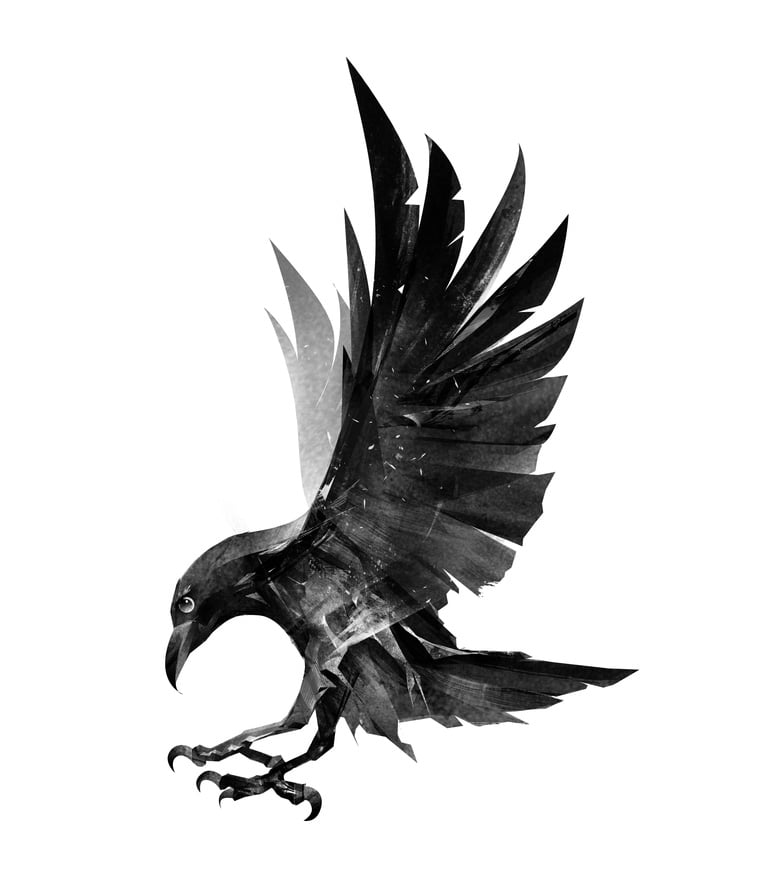
Perhaps the most intriguing part of the Oseberg Ship find is the ‘Buddha Bucket’. A simple yew and brass bucket is adorned with two enamelled figures that look similar to a seated buddha. No one knows the connection, or where it came from, but similar patterns are found in the Insular Art of the British Isles.
Borre: Mid 9th to Mid 10th Century
The Borre style is named after the Borre Mound Cemetery – the largest burial mound site in Northern Europe. Excavation of a ship grave on the site found a set of gilt-bronze harness mounts.
Read more: The Gods of Norse Mythology
The style consists of a range of geometric interlace and knot patterns with single animal motifs. The gripping beast of the Oseberg style is still present but the defining characteristic is a lack of background. All available space is filled with tight interlaced patterns and ribbon animal plaits.
The animals in this period usually had a triangular face, like a cat, with pointed ears and prominent round eyes. Another defining feature is a symmetrical, double-contoured ring chain or ring braid of interlaced circles separated by transverse bars.
Unlike other styles, the Borre style appears to have been developed solely in Scandinavia without influences from abroad. It spread as far as Iceland, Russia and the British Isles, where archaeologists have found samples of home-made artefacts in this style.
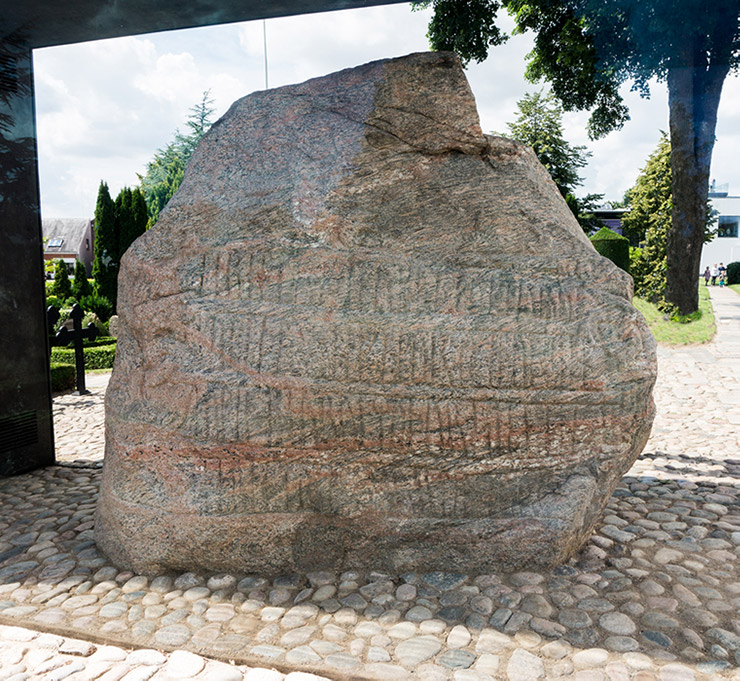
Jelling: Early to late 10th Century
The Jelling style is named after Jellinge in Denmark, where most notably there are a pair of runestones that tell the story of the Christianisation of Scandinavia. These are also the first known use of the name Denmark (as Tanmaurk and Tanmarkar). The style can be seen on these stones as well as on artefacts from around the area.
The animals in the Jelling style are S-shaped and intertwined, with heads in profile, ribbon bodies, spiral hips and pigtails. The interlacing is more open so there’s more visible background that the Boore style.
The Jelling style overlaps with both Borre and Mammen and some artefacts use two of the styles on the same piece.
Mammen: Mid 10th to Early 11th Century
The village of Mammen in Jutland, Denmark, gives its name to the style that predominated in the latter part of the 10th Century. In 1868 a farmer clumsily started digging into a burial mound and discovered an impressively furnished grave. The dig was then taken over by experienced archaeologists who declared it the burial mound of a wealthy magnate.
Read more: Norse Mythology & Folk Tales
One of the main items discovered was a ceremonial axe inlaid with silver decoration in what we now call the Mammen style. On one side of the axe head is a pattern of leaves spreading from spirals at the base with intertwining tendrils. On the other side a great stylised ribbon-like bird with tendrils on wing and tail. One side also carries a human face with large nose, moustache and beard.
The style overall consists of almost naturalistic great fighting beasts, such as lions, birds and serpents. They were very vigorous and dynamic, often asymmetrical, with spiral shoulders and hips. This is also the first period where we see plant elements given real prominence.
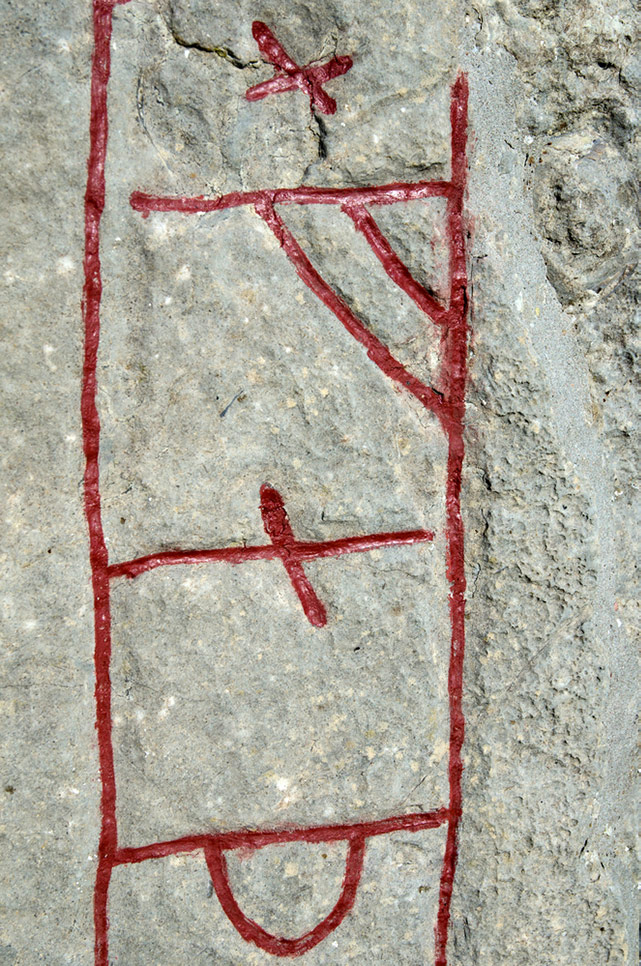
Ringerike: Early to Mid 11th Century
Named for the Ringerike district north of Oslo, this style is typified by a 7 foot high carved stone from Vang in Oppland. Runsetones became much more prominent during this period, decorated with thin, curvy animals with long, thin tendrils.
The Vang stone carries a runic inscription on its right edge while the main body is filled with a tendril pattern stemming from shell spirals at the base. On top of the tendril pattern is a large striding animal. The style is similar to motifs in the Mammen period but the design is more disciplined on the stone and the scrolls are more taut and evenly curved.
There are also two copper-gilt weathervanes from Källunge and Hälsingland in Sweden. The metalwork of these items shows looping snakes sprouting tendrils along with other animals. The animals have lip lappets and pear-shaped eyes and the snakes have pig tails.
This style was very popular across the British Isles after it was believed to have arrived there with Cnut the Great. Acanthus buds in some of the motifs on objects hint of an English influence to the style. This period is also the first time we see certain elements such as crosses and palmettes.
Urnes: Mid 11th to Early 12th Century
The final style attributed to Viking art takes its name from the stave church in Urnes, western Norway. Exemplary, ornate carvings can be found on the church. Most of the examples we have are on runestones, leading some to refer to it as the ‘runestone style.'
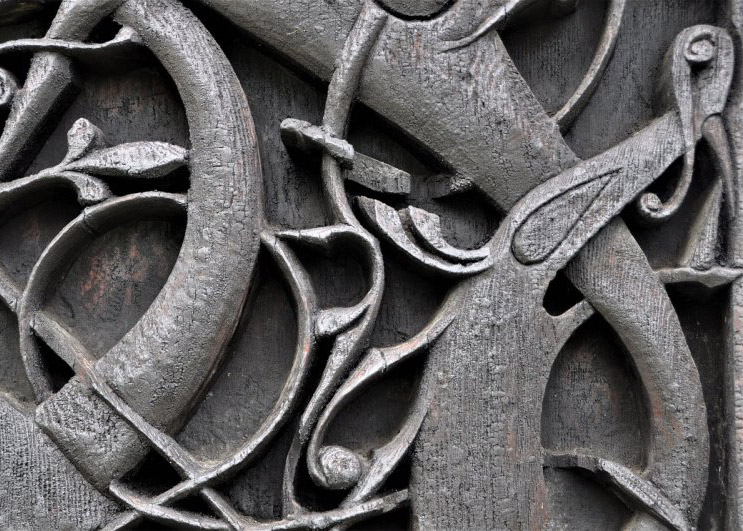
By now the art of the Norse people had developed a much sleeker and sophisticated style. The characteristic motif of this style is usually a great four-legged beast–lion, greyhound, deer etc–fighting with a serpent.
Read more: Creatures from Norse Mythology
The designs are usually asymmetric and feature smooth, graceful curves. The long serpents and tendrils coil into figure-of-eight shapes around borders. This style was also found on coins issued by Harald Hardrada and like the style before found popularity abroad, particularly in Ireland.
Modern Viking Art
The tradition of Viking art continues to this day. Modern examples include replica items for sale, many of which are well crafted and historically accurate. Some simply recreate artefacts while others are created in these styles. Ornate wood carvings, runestones and intricate metalwork are all popular thanks to the enduring appeal of the styles.
Reproduction shields and swords are also common. These enable historical reenactments and demonstrations at the many Viking festivals that take place throughout Scandinavia. There are also people crafting reproduction coins and jewellery, creating a real sense of Viking life as it would have been.
Viking fan art often has a connection to one of the many TV shows out these days, most notably the History Channel's Vikings. The show is mostly based on real characters and fans create depictions of their favourite characters in a variety of lifelike scenarios.
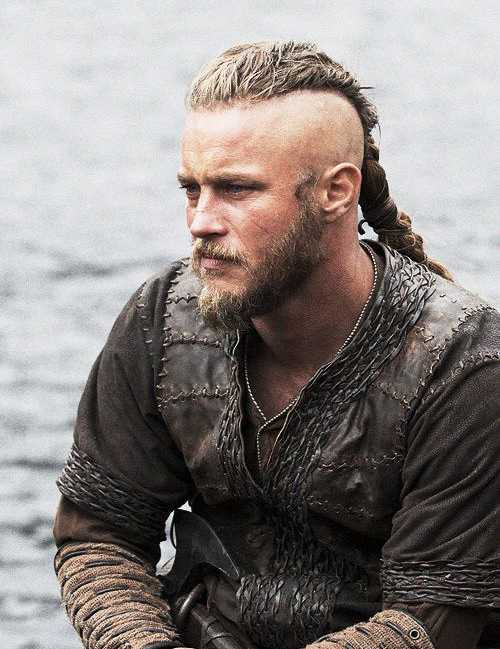
Where can we see Viking Art?
As with most art, you’ll find some examples in many museums around Scandinavia and the rest of the world. Artefacts from the Viking era are very popular and so sought-after for display. Runestones tend to be found where they were discovered rather than being moved so they can be viewed around the Nordic countries.
The Osberg ship and most of its contents are displayed at the Viking Ship Museum at Bygdøy, part of the Museum of Cultural History of the University of Oslo. The museum also houses the ship and much of the grave goods from the Borre mound cemetery.
The National Museum of Denmark has a whole trove of Viking and Norse artefacts including the findings from the Mammen grave.
The Stave Church at Urnes still has most of its original wood carvings and can be visited y the public. It has been owned by Fortidsminneforeningen (Society for the Preservation of Norwegian Ancient Monuments) since 1881. It’s still in use as a church for a few special occasions but no longer holds regular services.
The Metropolitan Museum of Art in New York has a small collection of Viking artefacts – mostly brooches – on display. They also have some items from the Vendel era and some interesting Viking-inspired objects created by Tiffany and Co.
Have you visited any of the Viking Art on display in museums around the world? Let us know in the comments.

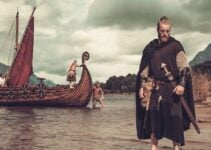
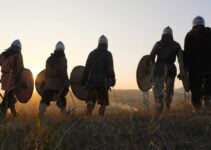
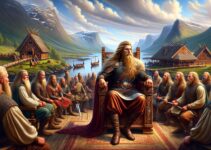

My father’s parents were 100% Norwegian, born and raised in Norway. My mother’s parents were 100% German, born in Germany. I am proud of my heritage. Some individuals insist that I am Scandinavian. I state that I am Norwegian and proud of it. They do not understand the difference between the two. Can you explain?